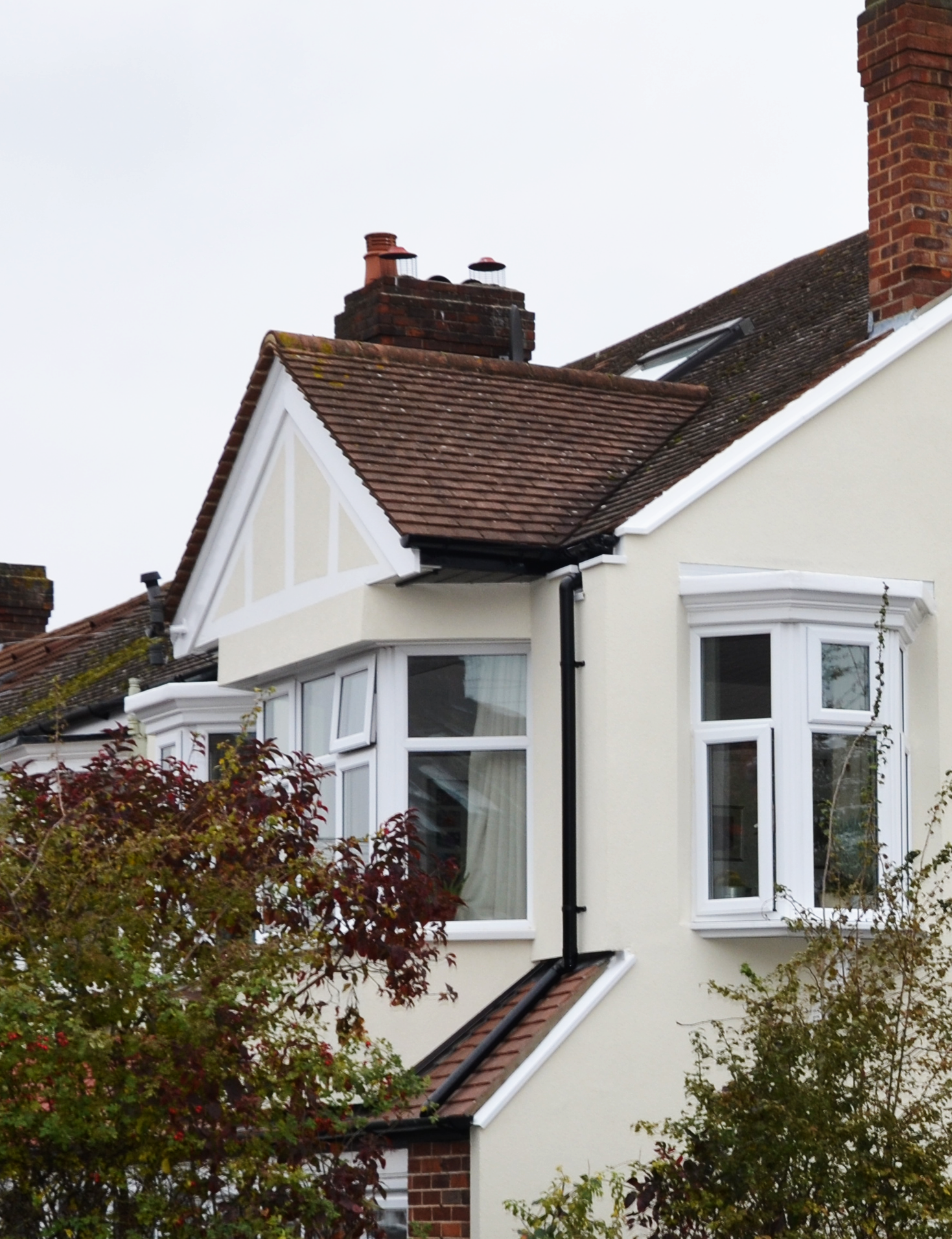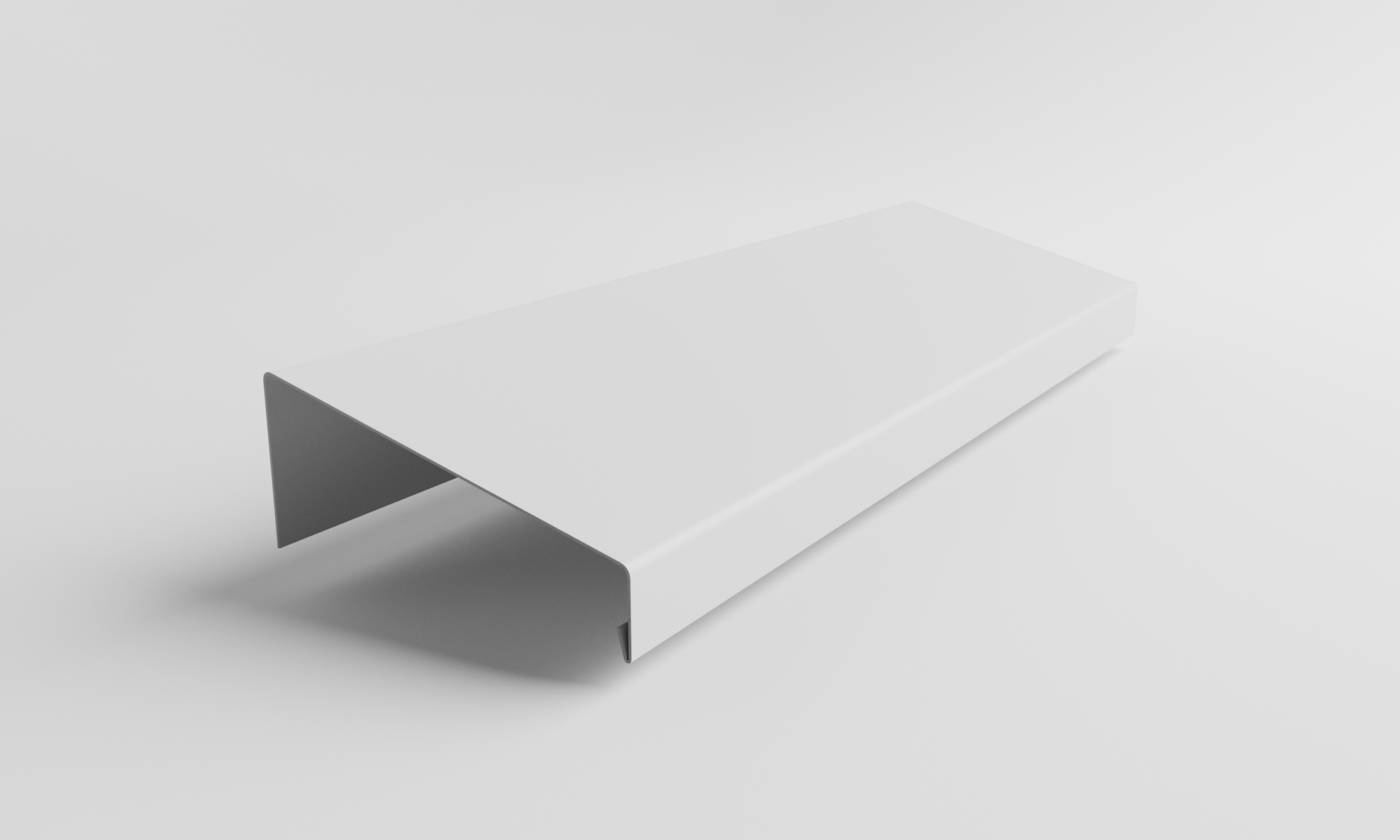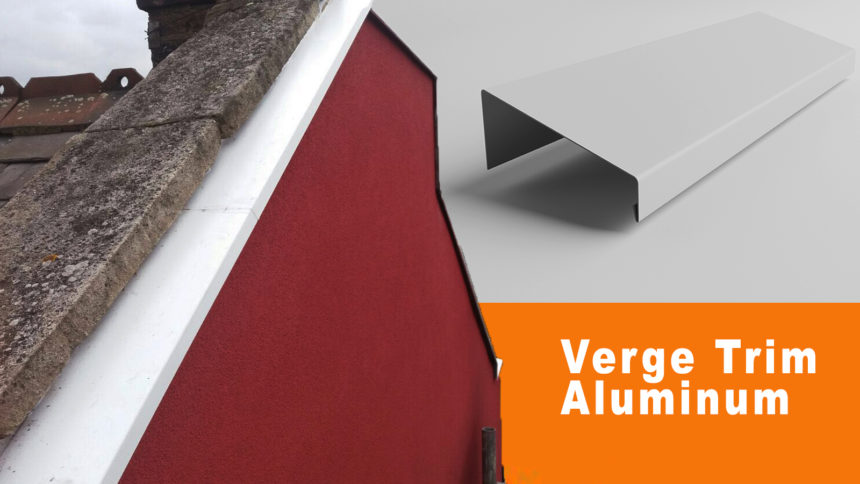External Wall Insulation and Verge Trims
EWI Verge Trims are suitable for most situations requiring the capping of external wall insulation systems and rendering systems.
A verge trim is a thin strip of plastic or metal that sits at the top of the wall where the insulation meets the roofline. There are many different types and styles of trim, but the purpose is always the same – to create a water tight seal that prevents any moisture penetration the stystem.
Some roofs have a wide enough soffit to allow the insulation to sit underneath. In this case, good quality beading will be sufficient to create a seal with the soffit board, and water ingress should never be a problem. However, not all roofs have a wide enough soffit to accommodate the insulation, and in these cases, a verge trim is usually required.


Extending the Roofline – The Ideal Solution
This is particularly useful on gable walls where the tiles stop abruptly at the edge of the gable wall. In this case, timber batons can be installed and a new row of tiles added to create an extended roofline on the property. The insulation can then fit under this perfectly, creating a perfect water proof solution. The cost of this procedure is around £1,000-£1,500 however, so some customers want a more affordable option. We always stress to customers that this option is the best, and that it is worth spending the extra money to do the job right.
Verge Trim and Creating a Water Proof Seal
Where there is a facia board, it is usually possible to tuck the verge trim behind it, or up under the roofline. The join is then sealed with silicon sealant to help prevent water ingress. This is usually sufficient where there is guttering to help the water drain away, but in more exposed places the silicon can fail quickly and allow moisture behind the system. This is bad news, so it is important you discuss with your installer the best method for finishing your verges and that you are confident in the integrity of the design of the system. At Be Constructive, we try to minimise the use of silicon – it is a really useful tool, but unfortunately it will not last the lifetime of the system and need replacing every few years in the most vulnerable places. This means that we cannot guarantee silicon on our insulation systems, and try to avoid using it wherever possible. Sometimes it is the only way to do the job within the budget available however, and in these cases it will be up to the customer what option you want to take and what cost is associated with that work.
Sometimes lead can be used to help create a waterproof seal. Lead is an expensive material, but it is really useful because it can bend into any shape to fit the verge in question. The only question is where the lead needs to finish along the roof in order to ensure water can’t get down the back of it.
What does the verge trim look like, well you can see some examples on our site. There are a range of colours and styles available, although most customers will opt for the white trim as it is the most in keeping with many properties in the UK.
















No comments yet